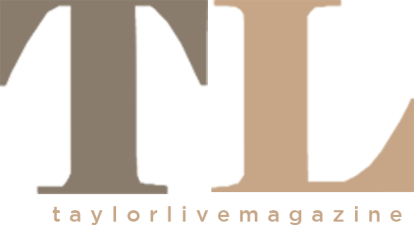
Landing an interview is a significant step towards securing your dream job. It’s a chance to showcase your skills, experience, and personality. But before you utter a single word, your appearance speaks volumes. The right interview outfit can set the tone, demonstrating your professionalism, confidence, and suitability for the role. Here’s a comprehensive guide to help women dress for success and make a lasting impression.
Understanding the Company Culture
The first step in choosing the perfect interview outfit is understanding the company’s culture. Could you research the organization to determine its dress code? Companies with a corporate environment typically expect formal attire, while startups and creative industries might lean towards business casual or even casual wear. Here’s how to decode the dress code:
- Corporate/Finance: Think classic and conservative. A well-tailored suit in neutral colors like black, navy, or gray is ideal. Pair it with a crisp white or pastel blouse and closed-toe heels.
- Business Casual/Tech: Opt for a more relaxed yet professional look. A blazer paired with dress pants or a knee-length skirt works well. Add a polished blouse and low-heeled shoes or smart flats.
- Creative Industries/Startups: These environments often allow for more personal expression. A stylish dress or a chic blouse with tailored pants can be appropriate. Avoid overly casual items like jeans unless you’re certain it’s acceptable.

Essential Elements of a Successful Interview Outfit
1. Suit Up
A well-fitted suit is a timeless choice for many interviews. Please make sure the suit jacket and pants or skirt fit well and are not too tight or loose. A matching set in a dark, solid color conveys professionalism and attention to detail.
2. Blouse or Shirt
Choose a blouse or shirt that complements your suit. Light, solid colors are safe bets, but feel free to express a bit of personality with subtle patterns. Avoid low necklines and ensure the top is not see-through.
3. Dress
A professional dress can be a great alternative to a suit. Aim for knee-length or slightly below, in a classic color or pattern. Avoid overly bright colors or bold prints that can be distracting.
4. Shoes
Closed-toe shoes are the best choice for most interviews. Heels should be moderate in height (2-3 inches), and flats should be polished and professional. Make sure your shoes are comfortable to walk in, as you may need to navigate unfamiliar environments.
5. Accessories
Keep accessories minimal and tasteful. A simple necklace, stud earrings, and a professional watch can add elegance without distraction. Avoid large, flashy jewelry.
6. Hair and Makeup
Your hair should be neat and styled in a way that keeps it off your face. Makeup should be natural and understated. Aim for a polished look that enhances your features without being overly dramatic.
7. Bag
Choose a professional bag that is large enough to carry your resume, a notepad, and any other essentials. A structured tote or a classic handbag in a neutral color works well.

Practical Tips for Final Touches
1. Fit and Comfort
No matter how stylish your outfit is, if it doesn’t fit well or isn’t comfortable, it won’t make a good impression. Ensure your clothes are tailored to fit your body shape and allow you to move comfortably.
2. Clean and Pressed
Your outfit should be clean, wrinkle-free, and free from any stains or tears. Pay attention to small details like buttons and zippers to ensure they are in good condition.
3. Confidence
Ultimately, the best accessory is confidence. Wearing an outfit that makes you feel good will naturally boost your confidence. Stand tall, make eye contact, and smile.
Dressing for an interview is about finding the balance between professionalism and personal style. By understanding the company culture and selecting a polished, well-fitted outfit, you can present yourself as a competent and confident candidate.



















